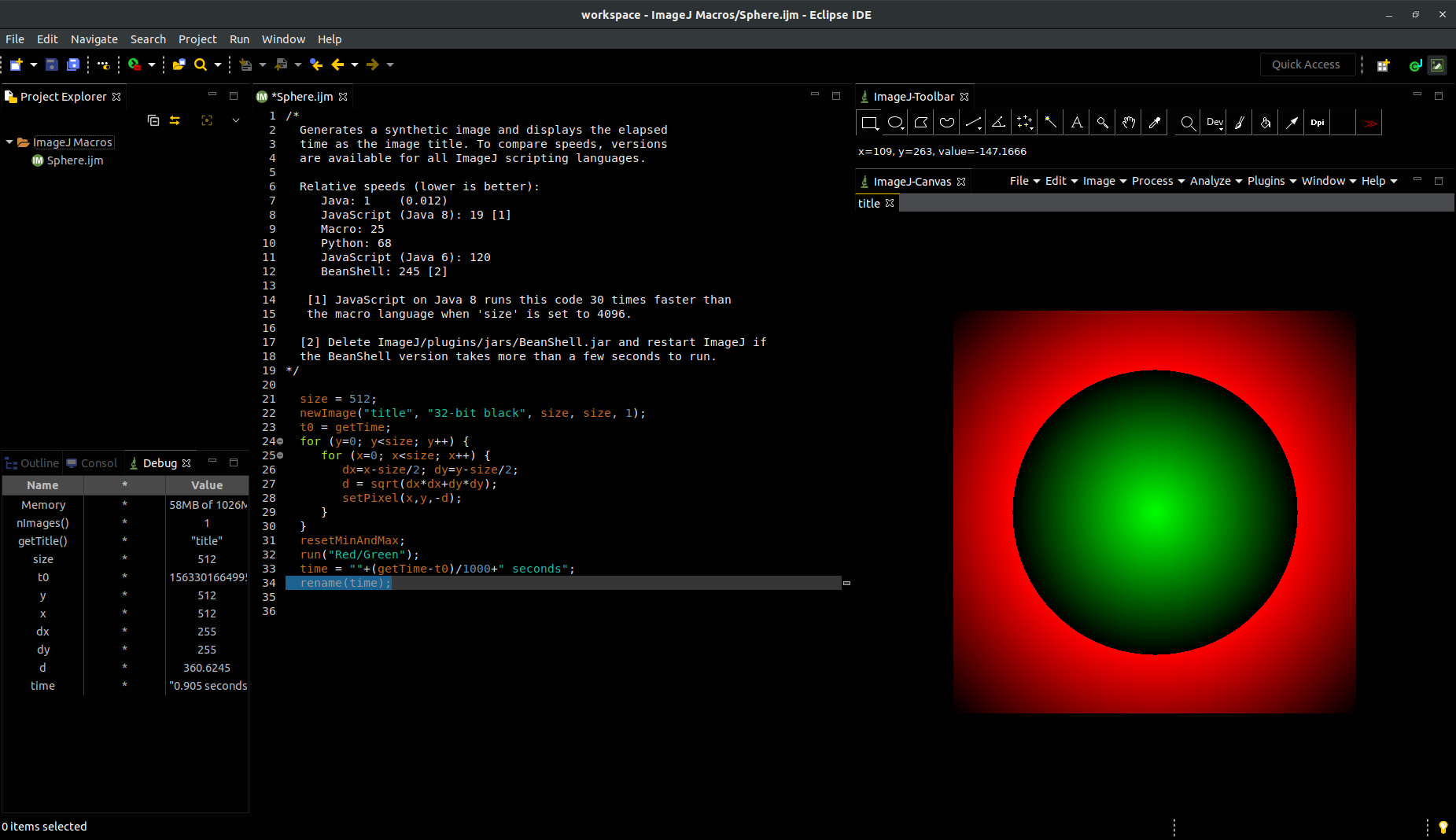

However, this can be overridden using the plugins.dir system property. The default folder is the plugins folder of the ImageJ installation. Power users may wish to configure exactly which folder(s) ImageJ scans for plugins. Configuring where ImageJ looks for plugins
ITCN IMAGEJ INSTALL
This is useful if you want to install some of your own plugins without affecting the system-wide ImageJ installation. plugins folder in the current user’s home folder. In addition to looking in the plugins folder of ImageJ itself, ImageJ also looks in the. After running this command once and restarting ImageJ, the plugin will become available in ImageJ’s Plugins menu. java then you typically must execute the Compile and Run command on the file to first compile it to a. class then it is usually enough to simply restart ImageJ after dropping the file into plugins. The plugin will consist of one or more files which must be downloaded and (typically) placed in ImageJ’s plugins folder: In the meantime, to install a plugin manually, follow the plugin’s installation instructions, if any. If the plugin you want is not distributed via an ImageJ update site, please encourage the plugin’s maintainer to do so! Anyone can create a hosted update site on, to easily share and maintain updated plugins. Advanced topics Installing plugins manually class files, see Installing plugins manually below. jar file, or as unpackaged directory with. If the plugin is not available via update site, but packaged as. Simply add the update site containing your plugins of interest, and they will be installed automatically for you. The ImageJ Updater is the best way to install and update plugins. Additional plugins available from various online sources, which must be manually installed.Plugins installable from an ImageJ update site.(nearly 1000 additional plugins as of this writing) Core Fiji plugins, bundled with the Fiji distribution of ImageJ.Core ImageJ plugins, bundled with the base ImageJ distribution.You can browse the list of available ImageJ extensions.


 0 kommentar(er)
0 kommentar(er)
